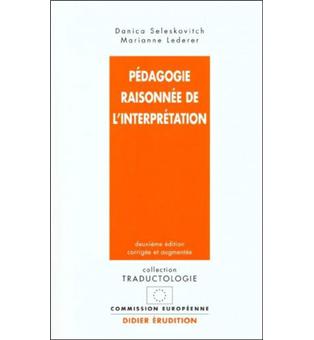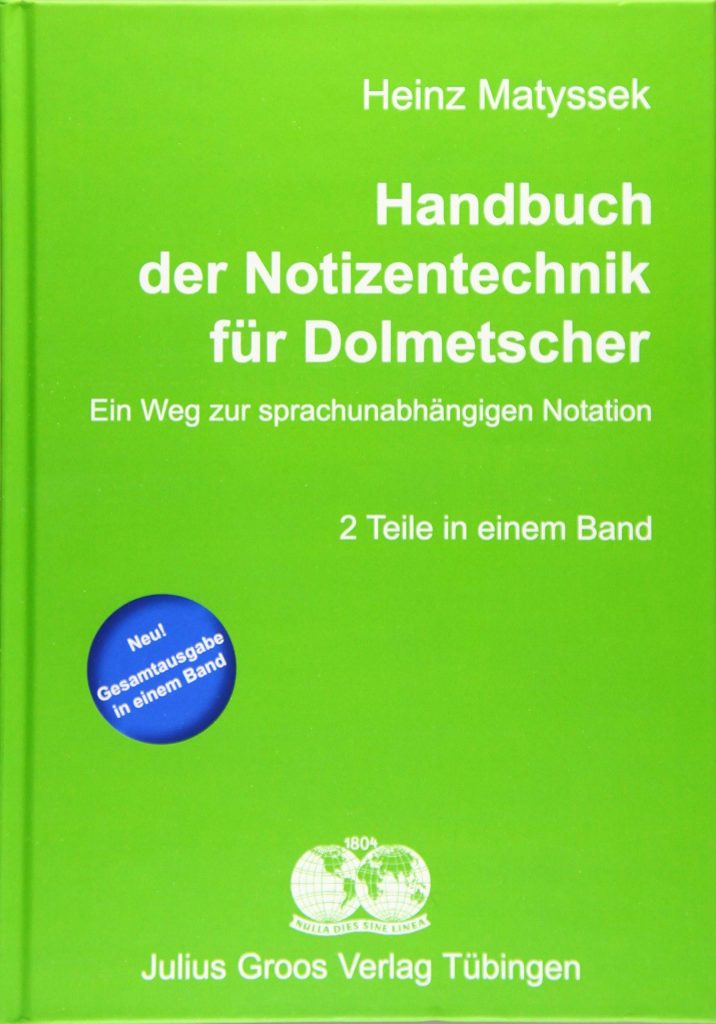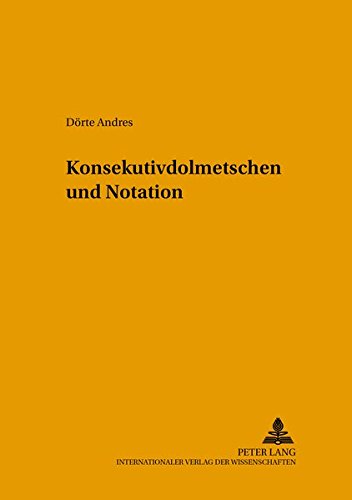The text below is taken from p54-55 of Pedagogie Raisonnee de l’Interpretation, by Lederer and Seleskovitch. Didier Erudition 2002.
This is the only book of its kind so far, written by two of the biggest names in the short history of interpreting and interpreter training. Originally written in 1989 the 2002 edition is also sponsored by the European Commission. It is also now available in translation as “A systematic approach to interpreter training”, Harmer, J.
Les symboles. Quelques signes sont très usités parmi les interprètes ; on les communiquera aux étudiants. Ils ont fait leurs preuves, soit comme passe-partouts : la flèche qui sert à relier, à indiquer les augmentations, les diminutions, les rapports, etc., soit comme termes répétitifs, la chaise symbolique pour chair, quelques-uns pour les liaisons : car, par conséquent, donc, etc. ou pour les oppositions : contre, négatif, etc. On en trouvera des exemples, avec de nombreuses indications sur la manière dont notent les professionnels, dans l’étude que D. Seleskovitch (1975) a consacrée à la prise de notes en interprétation consécutive. Par ailleurs, les principes exposés dans l’opuscule de J.F. Rozan (1956) restent toujours valables.
On mettra en garde les étudiants contre l’élaboration de listes de symboles. Certains seraient tentés d’adopter une sorte de table de conversion qui, une fois bien maîtrisée et appliquée avec rigueur, fournirait une traduction qu’il n’y aurait plus qu’à lire. Rien ne serait plus dangereux car toute application machinale de correspondances (ici mot-signe-mot) conduirait à un littéralisme catastrophique. Rien ne s’oppose par contre à l’imagination de ceux qui traceraient une image pour retenir une idée, à condition qu’elle soit création instantanée.
Les abréviations. On attirera l’attention des étudiants sur les avantages et les inconvénients de l’utilisation d’abréviations. L’interprète de consécutive est toujours à court de temps. Il doit analyser le discours à mesure que celui-ci se déroule, il ne peut se permettre de prendre du retard à l’écriture. Il est donc pratique d’abréger.
Toute une série de termes ont des abréviations comprises et acceptées de tous : pour noter les noms de pays, on pourra utiliser le symbole des plaques minéralogiques : D pour Allemagne, DK pour Danemark, etc. Les unités de mesure ont toutes leurs abréviations courantes, km pour kilomètre, kwh pour kilowattheure. On aura recours aux symboles du tableau de Mendeleïev pour noter les éléments chimiques : O pour oxygène, Pu pour plutonium…
La majorité des termes et des mots que l’on note n’ont cependant pas d’abréviations conventionnelles ; il faudra alors veiller à ne pas les rendre incompréhensibles en les abrégeant trop et à ne pas risquer d’utiliser pour un mot une abréviation qui pourrait aussi bien s’appliquer à un autre. Solution et soleil pourraient tous deux s’abréger en sol.L’expérience apprend à garder l’abréviation la plus courte pour le terme le plus fréquent dans le langage des conférences et réunions internationales, en l’occurrence pour solution.
On apprendra à ajouter aux trois premières lettres d’un mot (manière la plus courante d’abréger), sa terminaison qui le distinguera d’un mot de même racine ou même d’un mot ayant le même segment initial : on écrira prod pour produit mais prodn pour production, prodé pour productivité.


